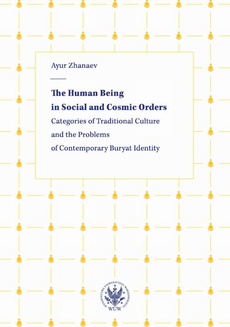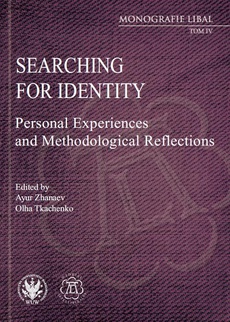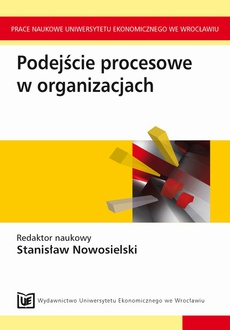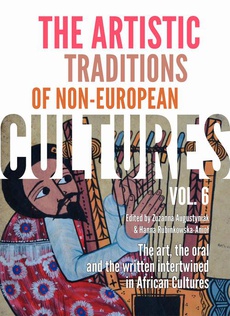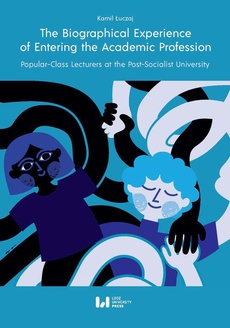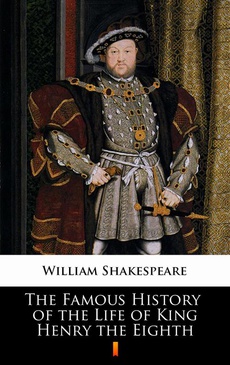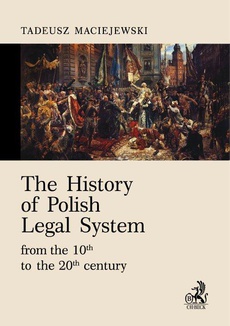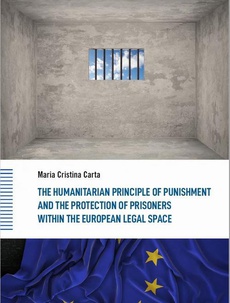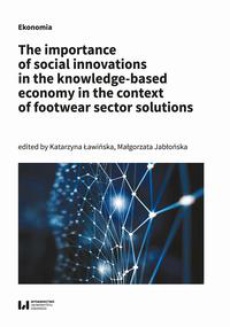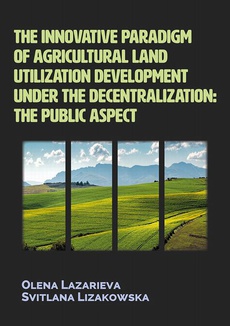INNE EBOOKI AUTORA
The Human Being in Social and Cosmic Orders. Categories of Traditional Culture and the Problems of Contemporary Buryat Identity
Autor:
Wydawca:
Format:
ibuk
Kwestia porządku społecznego była zwykle rozwijana w teoriach poziomu makro, takich jak funkcjonalizm czy marksizm, które postrzegały porządek jako konstruowany przez wspólne normy, wartości, podział pracy, władzy czy własności.
Książka jest próbą przyjrzenia się za pomocą metody interpretatywnej koncepcjom porządku społecznego w kulturze buriackiej, a także jego metaforycznej strukturze przedstawianej jako wspólnotowe dążenie do zrozumienia świata. Badania terenowe oraz analiza różnorodnej literatury przedmiotu tworzą podstawy dobrze ugruntowanej teorii porządku społecznego, która może przyczynić się do rozwoju obecnych perspektyw socjologicznych oraz antropologicznych.
The matter of social order was developed as a rule in macro-theories such as functionalism or Marxism, which saw the order as constructed by shared norms, values, distribution of labour, power or property. The book attempts to trace the ideas of social order in the Buryat culture and its metaphoric structure using the interpretivist approach as shared sense-making practices. The fieldwork data and analysis of various literature form a grounded theory of social order that could contribute to existing sociological and anthropological perspectives.
| Rok wydania | 2019 |
|---|---|
| Liczba stron | 274 |
| Kategoria | Publikacje darmowe |
| Wydawca | Uniwersytet Warszawski |
| ISBN-13 | 978-83-235-4017-5 |
| Numer wydania | 1 |
| Informacja o sprzedawcy | ePWN sp. z o.o. |
POLECAMY
Ciekawe propozycje
Spis treści
| Acknowledgements | 9 |
| Note on transliteration | 11 |
| Introduction 13 | |
| Theoretical considerations on the problem of social | |
| order | 15 |
| Questions and claims | 21 |
| Methodology of data collection | 23 |
| Guest researchers in Buryatia | 24 |
| Researcher “at home” and the Buryat social order | 29 |
| Summary | 34 |
| 1. The cultures of knowledge in Buryatia 36 | |
| 1.1. The emergence of “Asia” and “Siberia” in | |
| European intellectual thought | 37 |
| 1.2. Producing colonial knowledge about Siberia | 43 |
| 1.3. Russian tradition of Oriental Studies | 46 |
| 1.4. Buryat epistemic culture | 49 |
| 1.5. Buryat attitude to the Western culture of | |
| knowledge | 54 |
| 1.6. Soviet replacement of the traditional culture of | |
| knowledge | 59 |
| Summary | 63 |
| 2. The history of social structures and their conceptions | 65 |
| 2.1. The critique of the kinship society notion | 65 |
| 2.2. A brief historical introduction: Buryat “clans” | |
| and their leaders before and after incorporation into | |
| the Russian state | 71 |
| 2.3. The “tribal” vocabulary in selected Buryat | |
| sources | 78 |
| 2.4. Focusing on the fi eldwork area | 80 |
| 2.4.1. “Clan” and “tribes” of Khori Buryats | 80 |
| 2.4.2. Soviet state and the traditional ideas of | |
| social order | 87 |
| 2.4.3. The uses of genealogies: Creating and | |
| contesting Buryat identity | 98 |
| Summary | 110 |
| 3. The human being in the flow of the vital forces 112 | |
| 3.1. Kinship “materialities” | 113 |
| 3.2. The relatedness of vital forces | 115 |
| 3.3. The ideas of vital force | 120 |
| 3.4. The hierarchy of vitality: Some practices of | |
| maintaining the relatedness | 131 |
| 3.5. The order of vitality distribution | 138 |
| 3.5.1. Yosun – the social order of vitality | |
| distribution | 138 |
| 3.5.2. The universal order and the universal bonds | |
| 140 | |
| 3.5.3. The individual engagement with the order | |
| 146 | |
| 3.5.4. The human agency in the orders | 152 |
| 3.6. The relation of individual and society | 156 |
| Summary | 161 |
| 4. The social and cosmic orders 163 | |
| 4.1. The relation between the social sphere and the | |
| non-social environment | 164 |
| 4.2. Yosun as the order of a non-transcendental | |
| universe | 171 |
| 4.3. Heuristic context of understanding the order: | |
| Selected aspects of Buryat-Mongolian social thought | |
| 176 | |
| 4.4. The harmony of duality | 183 |
| 4.5. On the way to defi ning the social sphere | 189 |
| 4.6. Multiple orders of the universe | 192 |
| 4.6.1. Ritual and dogma versus order and method | |
| 192 | |
| 4.6.2. Yosun and the political order | 201 |
| Summary | 205 |
| 5. The disturbed order: Categories of traditional culture and challenges of assimilative processes 207 | |
| 5.1. The Buryat order and the problem of its | |
| continuity | 207 |
| 5.2. The procedures of negotiating the yosun order | |
| 210 | |
| 5.3. Language in the order | 216 |
| 5.4. Inside and outside the order | 223 |
| 5.5. The loss of the order and the decline of | |
| vitality | 226 |
| 5.6. The restoration of vital forces – reconsidering | |
| the minority position | 230 |
| 5.7. Problems of contemporary Buryat identity | 237 |
| Summary | 240 |
| Conclusion | 241 |
| Bibliography | 248 |
| Index of names | 264 |
| List of illustrations | 267 |
| Photographs | 269 |

